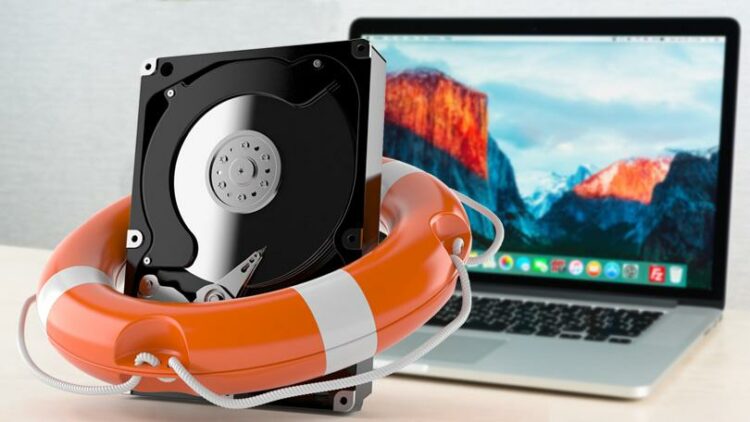
In spite of the developing reliability of all storage devices, data loss remains very typical. Common reasons for information loss incorporate human mistakes, viruses, PC infections, blackouts, and hardware failures. In this case, we can use Data recovery software to recover data.
Luckily, you can recover any data stored on a digital medium. But this doesn’t include the situations when the data has never really been stored – for instance, if you have only created but not saved and it is lost because of a power failure, then it cannot be recovered.
The strategies used to recoup lost information rely upon how the data was lost in any case; how about we investigate probably the most widely recognized structures here.
Deleted Data
Any deleted file remains on your drive until you have not overwritten it with another file. This implies if you rush, it is highly possible you can recover the file. If a file is deleted, you can utilize data recovery software, such as TestDisk. It uses complicated calculations that have information left on the hard drive to process where the record was. It surmises effectively after downloading data recovery software, you will recover the record. If not, you are in a tough situation.
Corrupted Data
If you are faced with that corrupt hard drive error, you realize how painful it tends to be. You can still think you can restore that information. If you connect the hard drive to a PC, you may come to know that the only operating system is corrupted, while other information is excellent; it’s merely an issue of duplicating everything to another hard drive.
Also, if you are planning to switch to a faster drive with limited storage, you can check out our article on how to merge two SSD drives as one and increase the total storage speed.
File System Damage
It is like deleting a record. If you format a file system, it pulverizes data about the previous files and the disk structure. However, the information eradicated relies upon the system format. For instance, formatting with FAT removes a lot of information, and modifying that disk area with zeroes decreases the probability that you will restore data. Some of the file systems like NTFS will have a higher likelihood of recovery if you have overwritten it with a similar file format. In contrast, others are really possible if you have overwritten it with the same system.
SEE ALSO: Recover Deleted Files from Recycle Bin
Physical Drive Damage
Recovering deleted files is one thing — recovering damaged files from a drive is another. While it doesn’t take excellent special skills to introduce and run a recovery tool, managing a vigorously damaged drive all go to the experts, as it more often than not necessitates that the drive is taken. Dismantling a drive without harming it is exceptionally troublesome — the experts just open them up in tidy-up rooms, which are profoundly controlled areas free from all pollution.
Indeed, even a speck of dust on a hard drive can bring in the read/compose head to crash, thus increasing the drive’s issues. Static electricity also results in damaging the drive. Therefore, the rooms and the equipment used in them, and the clothing experts put on are all specially designed to reduce static to a high degree.
This website uses cookies.
Read More